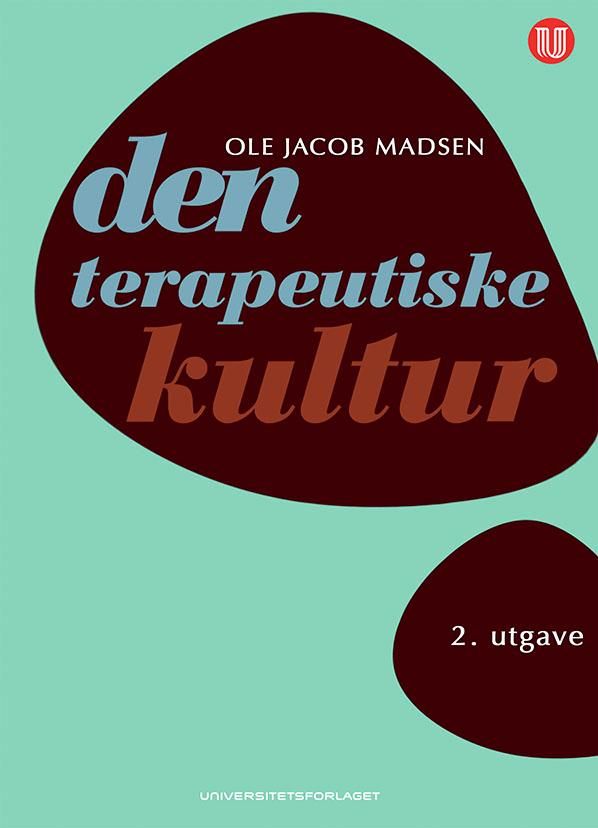
The Child of Pleasure av Gabriele D'Annunzio
229,-
<p><i>The Child of Pleasure</i> (1889) is a novel by Gabriele D''Annunzio. The first in a series of three novels exploring the lives of the Italian bourgeoisie, <i>The Child of Pleasure</i> marked a shift in D''Annunzio''s early writing, which consisted of poems in the Symbolist tradition. Considered a central text of Italian Decadentism, the novel has earned comparisons to the work of Oscar Wilde and Joris-Karl Huysmans. "The next evening, he arrived at the palace a few minutes earlier than usual, with a wonderful gardenia in his button-hole and a vague uneasiness in his mind. His coup¿ad to stop in front of the entrance, the portico being occupied by another carriage, from which a lady was alighting. The liveries, the horses, the ceremonial which accompanied her arrival all proclaimed a great position. The Count caught a glimpse of a tall and graceful figure, a scintillation of diamonds in dark hair and a slender foot on the step." From his home at the Palazzo Zuccari, Andrea Sperell








